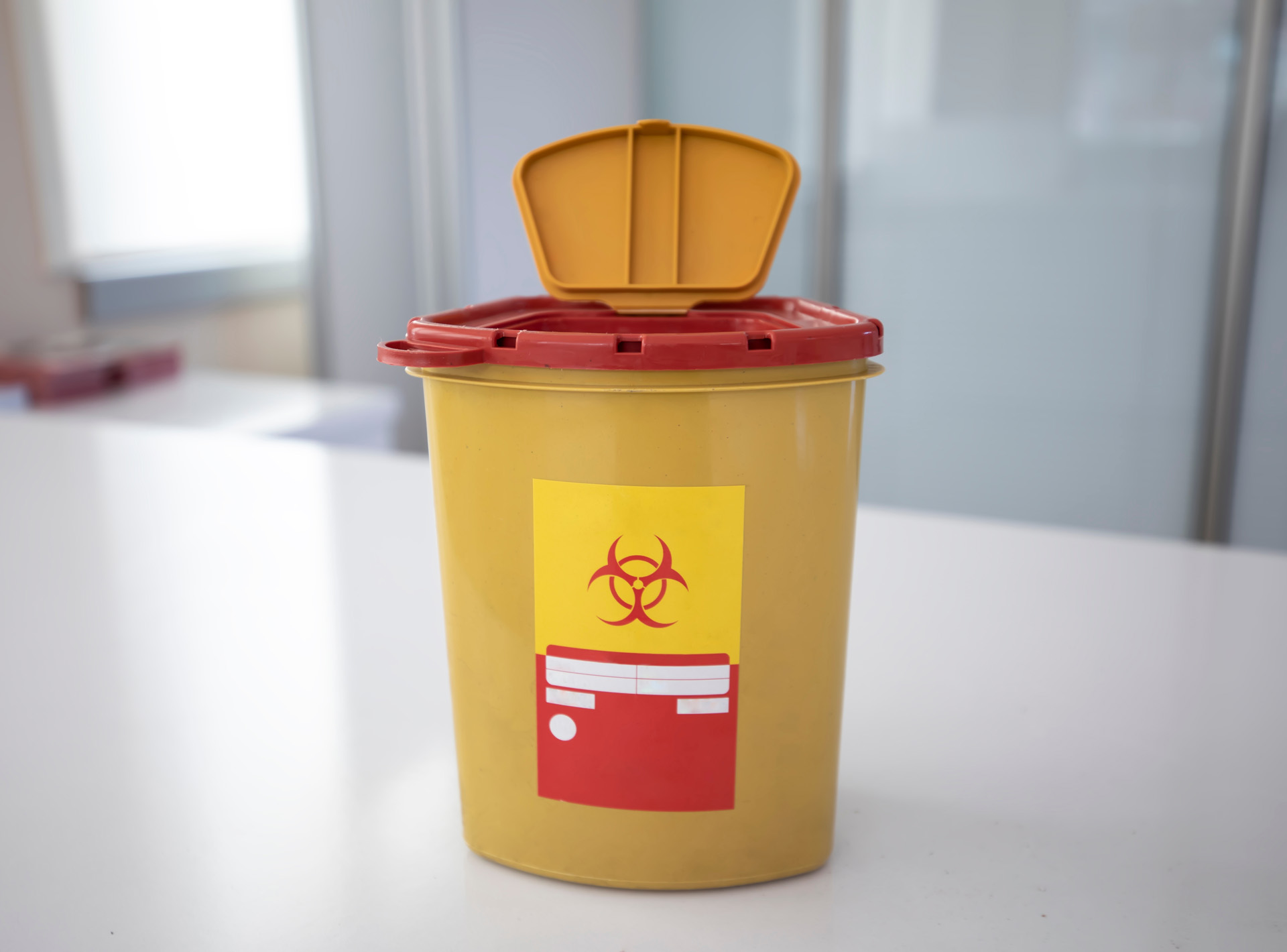 Australia’s first injecting clinic, the Uniting Sydney Medically Supervised Injecting Centre (MSIC), has celebrated 21 years of successful harm reduction.
Australia’s first injecting clinic, the Uniting Sydney Medically Supervised Injecting Centre (MSIC), has celebrated 21 years of successful harm reduction.
According to research published September 19th in the Medical Journal of Australia, by the end of April 2022 the MSIC had supervised 1, 232, 951 injections with no deaths onsite, successfully managed 10, 890 overdoses, and made 20, 420 referrals to health and social services.
Lead author, Associate Professor Carolyn Day from the University of Sydney, pointed out that rather than becoming a “honeypot” for local drug culture, the MSIC had led to improved and sustainable public outcomes and has called for the establishment of more supervised injecting facilities (SIFs).
“Questions regarding the scientific and operational merit of SIFs have been answered. The MSIC clearly reduces harm for clients attending the service and after 21 years of success, it is time for robust support for further services to be implemented both within Australia and internationally” Professor Day said.
“We have addressed key questions regarding SIF operations and contend that there is sufficient evidence to support SIF rollout and expansion.
“The key themes to emerge are that good policy, with clear legislation and careful management of clients within a harm reduction framework, can and does alleviate problems that may be perceived as inherent to the operation of such services.”
The MSIC was opened in 2001, following the 1999 New South Wales Drug Summit held in response to the 1990s heroin epidemic, that saw sharp increases in opioid overdose death and ongoing blood-borne virus transmission.
Initial concerns were raised over the centre becoming a focal point for illicit drug sales, aiding, and abetting more frequent use, with further negative impacts on the local neighbourhood due to related anti-social behaviours.
However, multiple evaluations undertaken throughout the first 10 years of the MSIC’s operation found no increased frequency of drug use among registered clients.
“Indeed, early evaluation found that greater frequency of MSIC attendance was associated with increased referral to treatment,” Professor Day said.
“[Similarly], clients have reported an increase in knowledge about the risk of spreading blood-borne viruses and described behavioural changes that reflect safer injecting practices to minimise this risk.
“These findings have been replicated in Canada, with SIF clients more likely to seek drug treatment than non-SIF clients. Put simply, SIFs do not facilitate more frequent or increased drug use.”
During the 2010 survey of residents, 70% of local businesses and 78% of households supported the centre’s existence and the MISC was found to have no impact on crime in the area. Similarly, the number of ambulance callouts to Kings Cross dropped by approximately 80% after the centre opened.
Yet despite the supporting evidence backing the MSIC and other facilities of its type, there are currently only two supervised injecting facilities (SIFs) operating in Australia, with about 120 globally.
The authors highlighted that the MSIC remains the only NSW service, despite robust arguments for additional facilities in Sydney, where opioid overdose deaths have been increasing, including a recommendation for more SIFs by the NSW Special Commission and multiple reports by the state coroner.
“There is no practical way to determine how much of an illicit substance a client will inject, nor what may be a tolerable amount for that individual,” Professor Day said.
“However, from 2010 to 2020, only 1% of the more than 7,000 overdoses managed by the MSIC required an ambulance (n = 76): strong evidence that overdose, whatever the cause, can be swiftly and effectively managed – supervised injection is always safer than injecting elsewhere.”

